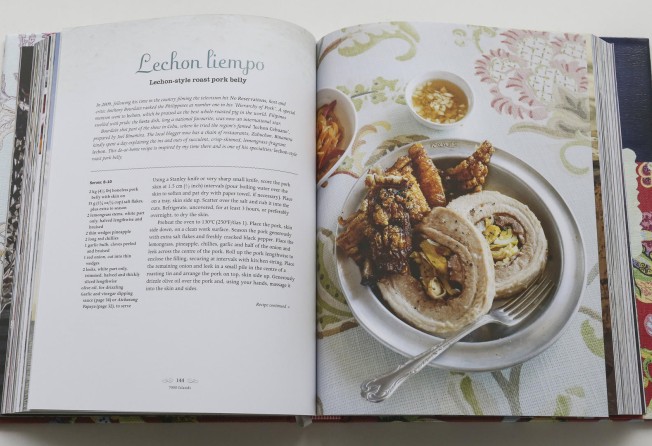
Recipe book: 7000 Islands - tap into Filipino food renaissance
Author sets out to fill the knowledge gap most people have when it comes to the cuisine of the Philippines, and delivers a wealth of information along with recipes for many classic dishes, writes Susan Jung


In the introduction to her book, Yasmin Newman writes, "Despite the Philippines' location smack-bang in the middle of Southeast Asia, most people know very little about the country, and even less about the cuisine. It is surprising considering our current obsession with the region - from Indonesia through to Malaysia, Thailand and Vietnam - and our exponentially growing love for the food … Most people I meet ask: 'What is Filipino food?'… In culinary terms, the cuisine has sat for years under the gastronomic radar …

Newman's chapter on flavourings starts with the ingredient that many people immediately associate with the cuisine: vinegar. But the subject is not limited to cheap distilled white vinegar; she explains that there's vinegar made from sugarcane, coconut, coconut palm and nipa palm. Most of the other ingredients in the chapter are familiar - soy sauce, fish sauce and shrimp paste - but did you know Filipino catsup is different from the type of ketchup you'll find at McDonalds? The former is made from bananas, rather than tomatoes.
Newman also writes about the many outside influences on the country's food. In the colonial era, Spain introduced ingredients such as chorizo and jamon, and dishes of paella and roast suckling pig (turned into the famous Filipino dish lechon baboy), and America delivered processed meats, tinned fruit and milk products, which morphed into dishes of spaghetti with hotdogs and catsup (the banana version), and corned beef with garlic, onions and tomatoes. When Chinese settlers married Filipino women, versions of pancit (noodles) evolved, along with lumpia (spring rolls) and siopao (pork buns). Less obvious influences include Japan (which explains why miso is used in many Filipino soups) and France (upper-class Filipino women were sent to France to study the culinary arts).
The one Filipino dish that most non-Filipinos know of is adobo, and Newman writes about four, including one made with lamb. Her other recipes include lumpia; crispy pata; sweet potato and prawn fritters; braised pork with black beans; crisp-fried pork belly with sticky tomato and shrimp paste sauce; fish kinilaw; crab and young coconut ginataan; snapper in banana leaves; fried stuffed crab; and caramelised banana spring rolls.